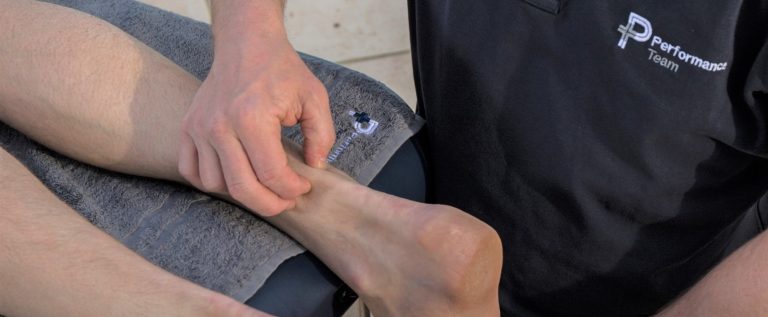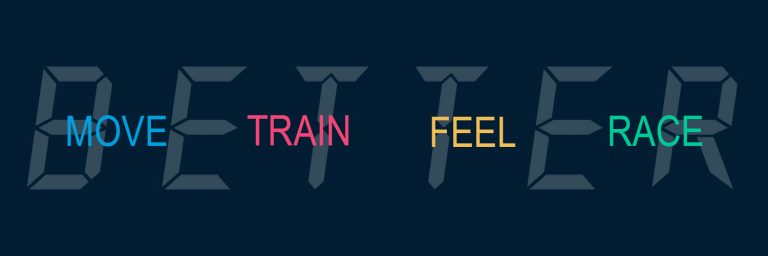
Sore Achilles tendon?
The main symptoms were Achilles pain in the morning, struggling to get to the bathroom which took about 30 minutes to settle down and loosen up. It could be sore after being on it for a period of time, However, it was running which was the biggest issue.
Very stiff and sore to get going and took a good mile to free up. The patient was limping and was feeling aches in the other leg. After around 4 miles the tendon started to become sore and tight again and eventually made the patient stop. After a run like this, the next day was particularly difficult.
The Achilles issue had started 3 months before, fairly innocuously after a simple run, possibly a bit hilly but nothing out of the ordinary. The pain developed gradually over a couple of weeks with a session seeming to be the thing that sent it over the edge. Since that session, 6 weeks before the pain was as described above and was just not changing. The patient had rested for 10 days from running but it had not seemed to make any difference. They had self-mobilised, had massages and iced the Achilles regularly, again without change.
There was no history of an Achilles issue but the patient described being tight in the lower back and hip as well as the top of the hamstring for a few months. Nothing to stop then but a bit tight nonetheless.
This type of presentation is typical. The first impression is of a chronic Achilles tendon strain/tear/inflammation which is likely to have been caused by an issue higher up in the pelvis or lower back.
Video assessment of the lower back and pelvis showed a problem with the Sacro-iliac joint which is part of the pelvis. This is easily seen with movement patterns as well as the assistance of a partners fingers on the back of the pelvis and a few other tests easily performed at home.
This problem will cause the leg to rotate inwards during the stance phase of the running action leading to an overload of the inside of the Achilles itself and the gradual damage to the tendon. This cause clearly needed to be treated. There was no other lower back or neural sign.
This type of pelvis issue can cause weakness and lack of activation in structures like the glutes around the hip and the calf and foot stability muscles. This was seen with this patient who was unable to contract his foot and glute fully and certainly on simple things like hops showed a lot of poor control.
The Achilles itself was swollen and very tender to press in the middle of the tendon. We were able to carefully assess this via video with the patient himself palpating and giving direct feedback and comparing to the other. We find that patients are typically very well attuned to their bodies.
It was thickened and fibrous with a creak called crepitus. This is indicative of surrounding inflammation and the thick tendon shows there has been structural damage which is either healing or struggling to heal fully.
The treatment approach was threefold. We needed to treat the cause of the issue and tackle to leg instability and strength. So we treated the back, pelvis and neural system with mobilisation techniques taught via video and with the assistance of a willing partner.
This happily immediately improved the foot activation and thus enabled the patient to start properly strengthening the foot and calf. For this type of issue, we use a combination of isometric holds and eccentric work alongside numerous standard concentric/eccentric exercises to build strength around the ankle and hip as well as load the tendon to promote healing.
Finally, we needed to tackle the thick fibrous tissue and stagnant inflammatory response and healing. We treated the calf and Achilles with mobilisation taught to be self or partner administered. Painful but necessary.
So whilst the patient had a lot of work done and a lot of homework to do, the progress was relatively quick to get the biomechanics improving.
The tendon required 3 weeks to begin the healing process. This is augmented by the isometric and eccentric loading program which stimulates the tendon repair. They are slow as there is little blood flow in a tendon so therefore little nutrient for the healing process to work with.
We followed up with this patient each fortnight over a period of 6 weeks as the pain became less, although, as ever, the early morning stiffness was the last symptom to settle.
At around the 6 weeks mark the strength and control was sufficiently good to allow a progression onto more dynamic work including hopping and stepping work to promote a change in the foot landing control when running. This is when we conducted a video analysis of the patients running gait.

This takes another few weeks to fully establish but by 3 months there was little symptom and mileage could build back up to 75 a week and sessions resumed.
Strength work is needed to continue, as well as the biomechanics work to alter the running gait. We worked with this patient and his strength and conditioning coach to ensure the program had all the elements required to make the gait pattern more robust and efficient and off load the Achilles. We used our library of exercise and drill videos to tailor the program and the patient had access to these via his phone.
This three-fold approach brings together the best of the science behind treating acute tendon issues in combination with work looking at the reasons why the issue started in the first place. A truly holistic approach.
Quote from a research trial, ‘This study evidences that eccentric loading associated with SWT can dramatically improve patients’ symptoms. We can conclude that eccentric loading associated with SWT is an effective treatment for Achilles insertional tendinopathy.‘

